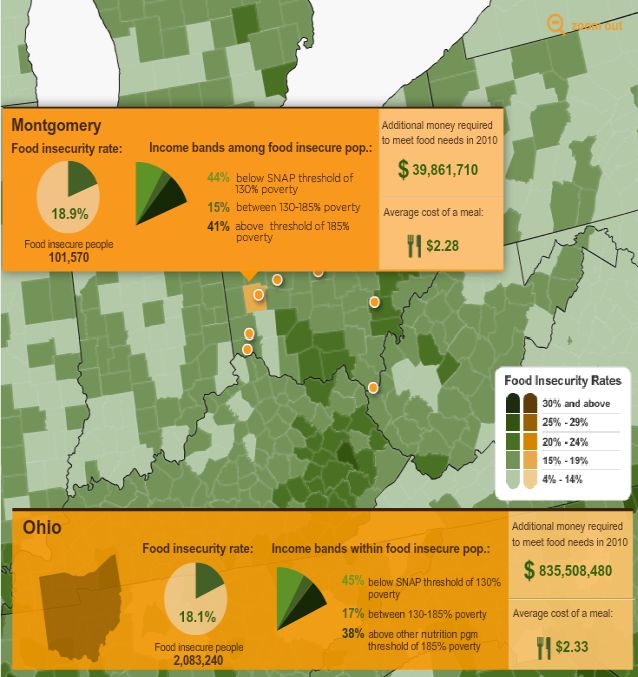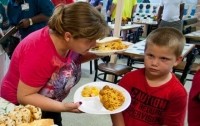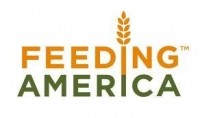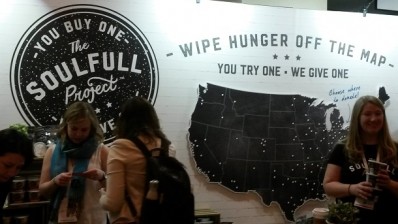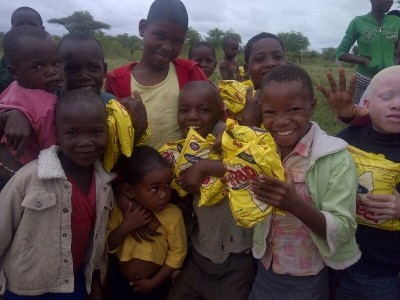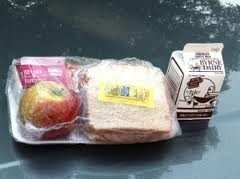Special edition: Battling malnutrition
Food insecurity in America: Can you be obese and malnourished at the same time? You bet
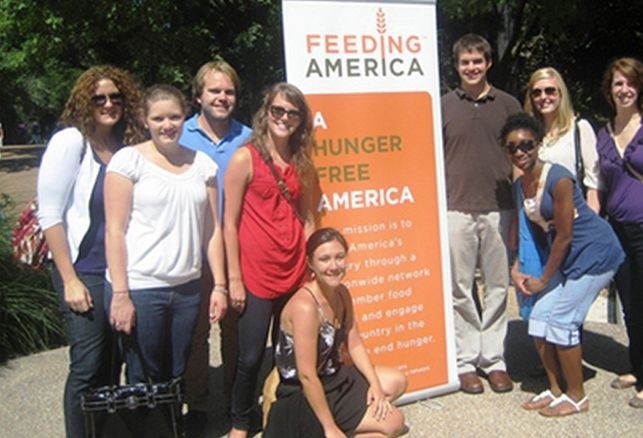
Being food insecure doesn’t mean starving; the USDA defines it as lack of consistent access to enough nutritious food to lead an active, healthy life. (Note the emphasis on consistent access (people might not go hungry every day), and nutritious food - as opposed to calories.)
Indeed, people that are food insecure - especially in developed countries such as the US - are paradoxically at greater risk of obesity, which often goes hand in hand with nutrient deficiency.
Proper nutrition is vital to the growth and development of children
But while food insecurity is damaging for everyone, it’s particularly devastating for children, says Chicago-based hunger relief charity Feeding America, which runs a network of 200 food banks across the US reaching 37m people, of which 14m are children.
“Proper nutrition is vital to the growth and development of children,” says director of nutrition Michelle Berger Marshall RD.
“But it can also affect attention span, mood and behavior, which can affect performance in school.
“We also know that iron deficiency in young children can delay cognitive development and may be linked to asthma.”
In general, children in food insecure households are not getting enough potassium, fiber, calcium, vitamin D, A, C or E, she adds, although most Americans - food insecure or otherwise - are not getting enough of them either, she points out.
People don’t ‘see’ hunger
Surprising though it may seem, however, one of the major barriers to addressing the issue - despite its epidemic proportions - remains lack of awareness, she says.
In part because of the obesity issue (overweight people don’t appear undernourished) “people don’t see hunger”, she says.
“The face of hunger is changing, so we have to convince people that it exists in their community, which is one of the reasons we’ve developed the Map the Meal Gap initiative, an interactive map showing food insecurity rates and lots of other data for of every county in every state in the US.” click here
A lot of people think that if SNAP’s budget is significantly cut, charities can just pick up the slack. They’re wrong
The map - created in 2011 and updated every summer - is already proving to be an extremely powerful tool, not least because it reminds people that hunger is local, relevant and real - not an abstract issue, she says.
It also serves as a reminder that federal assistance programs such as SNAP (Supplemental Nutrition Assistance Program, the budget for which is currently being debated in Congress as part of negotiations on the Farm Bill) are vital to tackling hunger, she says.
“I think a lot of people think that if SNAP’s budget is significantly cut, or other government programs are cut, that charities like us can just pick up the slack. They’re wrong.
“It would be financially and logistically impossible for us to get anywhere close to what SNAP reaches on a daily basis” she adds, pointing out that almost half of all SNAP participants are children (click here), “so it’s very concerning to hear the discussions about this in Congress.”
Food donations are great. Money is even better
So what does Feeding America do, and what can the food industry do to help?
In a nutshell, it collects food donations and money (with which it purchases food) and distributes 3.4bn lbs of food to people across the nation via a network of 200+ food banks.
About 24% of its food is donated by food manufacturers, 27% from retailers (typically perishable foods such as deli, bakery, dairy and produce - that’s within its expiration date), 16% is produce, 17% from the federal government and the remaining 16% purchased food.
So what does it need?
Food, volunteers, and money, she says.
“Food, folks, funds. We need people that can volunteer at the food banks, and we welcome food donations of any kind. But money donations can go further so we can buy what we need. We already work with a lot of food companies such as ConAgra Foods, but we are always looking for more.”
Click here to get a detailed picture of food insecurity where you live.
Click here to read more about Feeding America.
Click here to read more about USDA’s definition of food insecurity.
